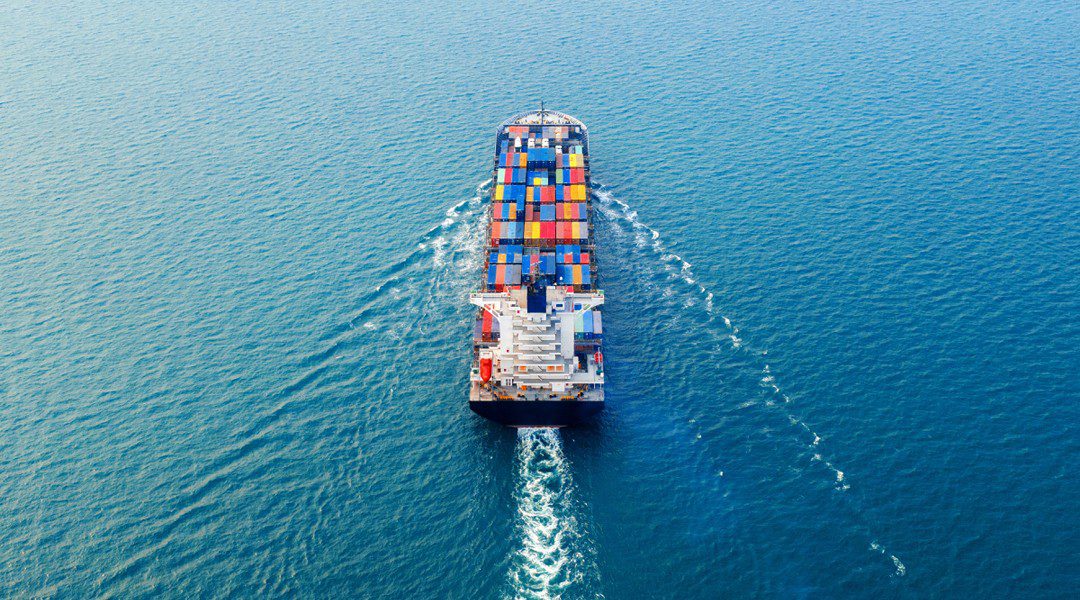According to a study by Finnish company Ahti Pool, which aims to reduce the costs of climate regulations for maritime transport, penalties related to the FuelEU regulation will exceed $1.1 billion this year.
Ahti manages 300 ships in one or more pools that reduce the total cost of FuelEU penalties by offsetting the emissions of more polluting ships with those of cleaner ones.
Business analyst Thao Nguyen, who conducted a study on ship emissions using the EU’s MRV database, told Seatrade Maritime News: “Last year, we saw that the operational environment of the maritime sector was quite volatile. Therefore, when we looked at the total emissions and total fuel consumption of the entire database, we saw an increase compared to last year, which led us to examine the emissions in more detail.”
According to Nguyen, historical data is at its highest level since the EU launched the MRV monitoring system in 2018, and the total emission level in 2025 is as high as in 2018. However, Nguyen noted that in 2018, the United Kingdom was still an EU member, which would have added its emissions to the data.
Furthermore, it should be considered that the largest costs are for ships sailing from Asia to the EU, but the MRV figures also include transatlantic carbon costs and smaller amounts related to trade with Africa.
Additionally, it must be taken into account that the largest costs are for ships sailing from Asia to the EU, but the MRV figures also include transatlantic carbon costs and smaller amounts for trade with Africa.
Therefore, the reason for the biggest change and emission increase is the Red Sea diversions, which have forced many ships to change their route to sail around the Cape of Good Hope instead of passing through the Suez Canal and the Red Sea. This situation adds an extra 10 days to ship voyages.
In addition to extra fuel costs and time spent at sea, the FuelEU regulation came into force in January of this year, and Ahti calculated that a 12,500 TEU ship sailing around the Cape at 16 knots would pay an additional carbon charge of $36,000, calculated as 50% of the fuel consumption between non-EU ports and EU ports.
While container ships account for 37% of these emissions, tankers, bulk carriers, and container ships contributed to 70% of the total 146 million tons of carbon dioxide equivalent emissions calculated by the EU MRV database for 2024. This represents a 20% increase compared to 2023 levels.
According to Ahti’s calculations, the total cost for a typical 12,500 TEU ship sailing from Asia to Europe via the Cape at 15-16 knots will be $661,000, consisting of $500,000 in fuel costs, $125,000 in EU ETS charges, and $36,000 in FuelEU penalties.
These costs will increase if, as expected, the IMO agrees in October to implement its own global carbon charges in 2028. The charges will rise from $109,000 via the Suez Canal to $146,000 via the Cape, and for EU charges, they will increase to $332,000 and $443,000, respectively. However, the EU has committed to removing its carbon pricing if a global charge is introduced.
Nguyen said, “The regulations are being implemented gradually, so the regulatory penalty this year is $36,000, but there are two reasons why this will increase. First, if a ship is non-compliant for two consecutive years. Second, the emission target will decrease gradually every five years. So, if you continue business as usual, the penalty will be much higher from 2030 onwards.”
The gradual increase in carbon costs also applies to IMO Correction Units, so costs will rise either globally or locally through EU MRV and carbon reduction regulations.
Source:





